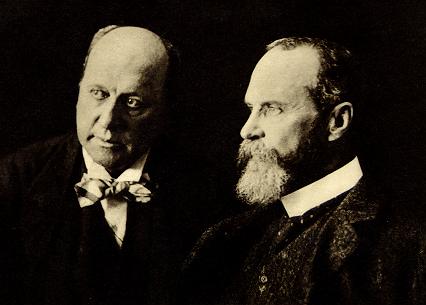"If banks are up, why are asset prices down? April 14th, 2009
By David Goldman
Here’s a conundrum: the sort of “toxic assets” whose liquidity the Treasury PPIP was supposed improve continue to languish around all-time lows. The ABX Index of AAA-rated securities backed by subprime collateral issued in 2007 is shown below (click to enlarge image):
Why, indeed, should the 2007 AAA index trade at 25 cents on the dollar? Part of the problem is the way loan restructuring as promoted by the Treasury turns into a skimming operation for mortgage servicers. While loans are in restructuring from a higher to a lower interest rate, servicers keep up the payments into trusts that issue bonds to investors. By restructuring the mortgage, the servicer builds enough fees into the transaction to come out whole. The homeowner still can’t pay the mortgage, and the bondholders haven’t gotten anything.
In short, the reason that mortgage backed securities with subprime collateral are doing so badly is that loan restructuring has opened up a Pandora’s Box of potential scams. Of course, the good news is that the housing market is clearing in most parts of the country, and sales upon foreclosure are getting about 50% of value. A terminal value of 50% after four years is pretty good on a bond that costs you 25 cents today. But the risk in loan modification is that it may take a lot more than four years to get your recovery.
This rather technical issue illustrates why the banking crisis is not over: it merely has reached a point of statis in which nationalization is off the agenda, and bank stocks are sure to be worth something. If they are worth “something,” I argued, they are worth a bit more than option value. To reiterate what I said here April 3:
Right now, Citigroup (for example) is priced exactly to option value. Using the option calculator for options on Citigroup at ivolatility.com, I obtain a price for a 10-year call on Citigroup stock at a $2.74 strike of — exactly $2.41. In other words, the value of Citigroup stock is the same as that as an option on Citigroup, in the absence of dividends. At yesterday’s close, the market is saying that there might be something there, or there might not — the price of the stock is the price of a lottery ticket. Whether Citigroup exists as a going concern depends mainly on the whim of the federal government. When the market feared nationalization, the value of the option collapsed to $.97.
If we postulate that Citigroup can eke out a minimal level of profits as a zombie bank, eating the dead flesh of toxic assets (as today’s news reports suggest), then its value should be a bit higher than the pure option value. My guess is $4 to $5 is where Citigroup settles, with a comparable level of $10 or so for Bank of America. I don’t think we are going to see Citi or B of A at their old highs for decades, if ever.
Wells Fargo told us very little about where their earnings came from. After $40 billion of writedowns during the past five quarters, and the end of FAS 157, Citigroup could report almost any amount of earnings it wants for the first quarter. Given that the government is a stockholder, the Treasury desperately needs to show success, and the Treasury ultimately will decide how Citigroup cooks its books for the quarter, I expect a surprise on the upside. Even though C is trading above $4 share in the London pre-market, I wouldn’t get in the way of it. You can’t short Citigroup (no shares are available to short — I tried), those who are shorting Citi are paying 100% interest (hedge funds holding preferred against common), and options are ridiculously expensive. Probably a good thing, or somebody would get hurt doing so.
I ridiculed the Meredith Whitneys of the world when they told investors not to buy at $1 a share, or $3 for Bank of America. But the pessimist argument isn’t stupid, only one-sided. Their side of the story has some merit."








































No comments:
Post a Comment